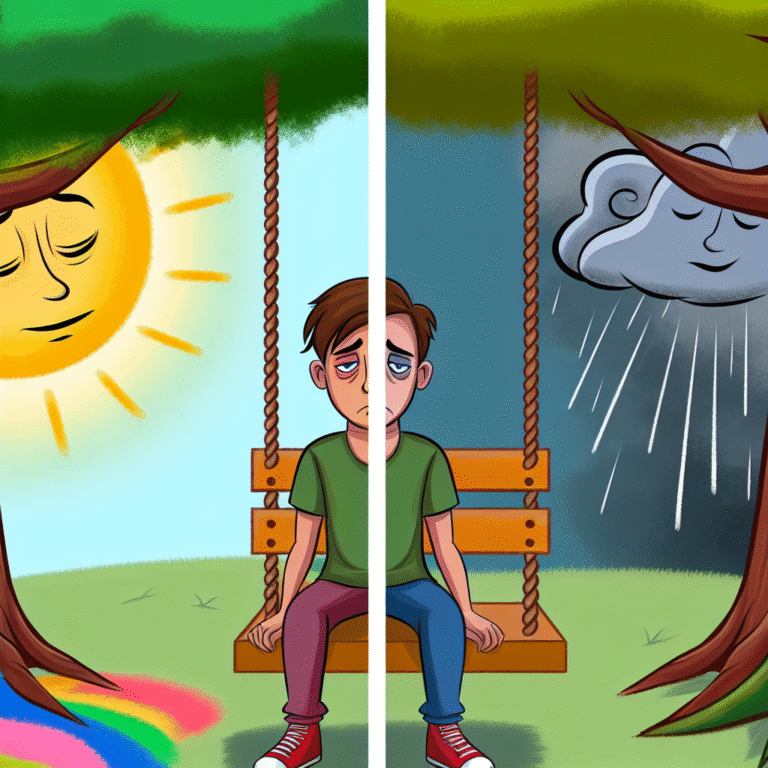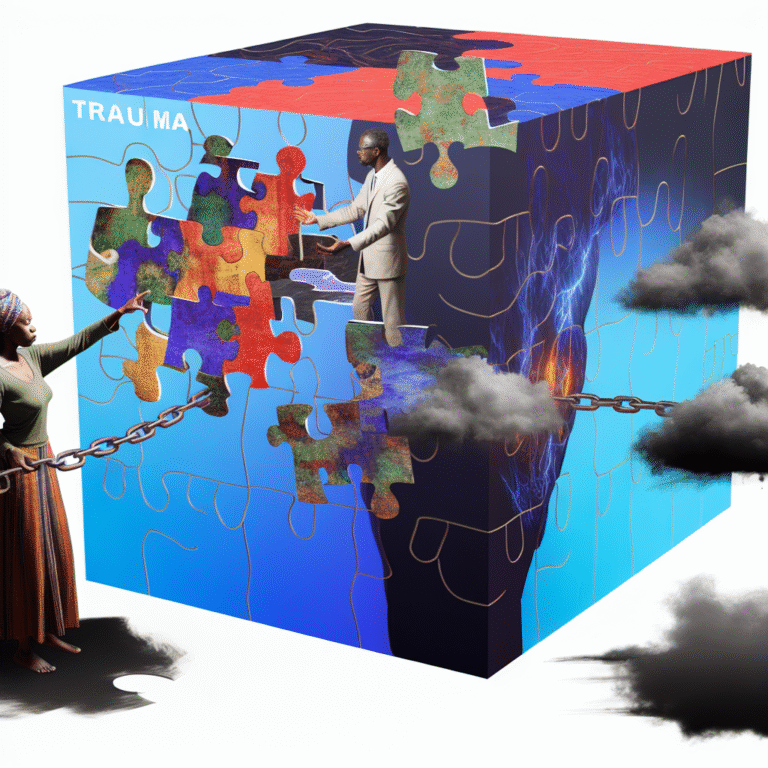
A Path to Peaceful Sleep: How CBT Addresses the Root Causes of Insomnia
Introduction
Imagine lying in bed, staring at the ceiling, while the world outside continues to hum. The hours pass, yet sleep remains elusive. For millions, this scenario is a nightly struggle. Insomnia, defined as difficulty falling or staying asleep, affects nearly one-third of adults in the U.S. alone. While there are numerous remedies for sleeplessness, one stands out as especially effective: Cognitive Behavioral Therapy (CBT). In this article, we’ll explore A Path to Peaceful Sleep: How CBT Addresses the Root Causes of Insomnia, revealing how this proven method can help you finally get the restorative rest you deserve.
Understanding Insomnia
The Layers of Insomnia
Insomnia is rarely just a standalone issue; it often intertwines with factors like stress, anxiety, and poor lifestyle choices. To effectively combat sleeplessness, it’s crucial to identify these root causes. Most commonly, insomnia can be categorized into three types:
- Acute Insomnia: A short-term sleep disruption usually triggered by stress or life events.
- Chronic Insomnia: Lasting more than three months and often intertwined with mental health conditions.
- Onset and Maintenance Insomnia: Difficulty either falling asleep or staying asleep.
Why Traditional Approaches Fall Short
Many often turn to over-the-counter sleep aids or herbal supplements as quick fixes. However, these methods might mask the underlying issues without addressing them. This is where A Path to Peaceful Sleep: How CBT Addresses the Root Causes of Insomnia comes into play, offering a comprehensive, therapeutic approach that focuses on the mind’s role in sleep patterns.
Cognitive Behavioral Therapy: An Overview
What is CBT?
Cognitive Behavioral Therapy is a structured, short-term psychological treatment that focuses on the relationships between thoughts, feelings, and behaviors. CBT aims to reframe negative thought patterns and establish healthier behaviors, making it especially effective in treating insomnia.
How CBT Works for Insomnia
CBT for insomnia (CBT-I) includes several key components:
- Sleep Education: Understanding sleep’s natural processes.
- Cognitive Restructuring: Identifying and challenging negative beliefs about sleep.
- Sleep Restriction: Limiting time in bed to increase sleep efficiency.
- Stimulus Control: Strengthening the association between the bedroom and sleep.
By addressing these elements, CBT directly tackles the root causes of insomnia rather than just alleviating its symptoms.
The CBT Approach in Detail
Sleep Education
Knowledge is power, especially when it comes to understanding sleep. Participants learn about:
- The sleep cycle
- Importance of sleep hygiene
- Factors that impact quality of sleep (like light exposure and caffeine consumption)
This foundational knowledge empowers individuals to make informed decisions regarding their sleep habits.
Cognitive Restructuring
Negative thoughts can perpetuate sleeplessness. CBT teaches individuals to identify, challenge, and reframe these thoughts. For example, someone who believes “I’ll never sleep well again” can learn to reformulate it to “I have tools to manage my sleep better.”
Sleep Restriction and Stimulus Control
Both techniques encourage healthier sleep habits:
- Sleep Restriction: Patients spend only as much time in bed as they are able to sleep, progressively increasing this time as their sleep improves.
- Stimulus Control: Individuals are taught to associate their bed with sleep and avoid activities like watching TV or working in bed.
Impactful Case Studies
Case Study 1: Sarah’s Story
Sarah, a 32-year-old, struggled with chronic insomnia for over a year due to work-related stress. She started CBT-I after traditional methods failed. Through sleep education, she learned about her sleep cycle, and cognitive restructuring helped her reframe her anxious thoughts. Her nightly sleep improved from an average of three hours to a consistent seven hours, demonstrating the transformative power of A Path to Peaceful Sleep: How CBT Addresses the Root Causes of Insomnia.
Case Study 2: Mark’s Journey
Mark, a 45-year-old father of three, experienced acute insomnia due to family pressures. Through the sleep restriction technique in CBT, he spent less time in bed initially and gradually adjusted his sleep schedule. He learned effective time management, allowing him to balance family life and personal time, ultimately leading to a more peaceful, restorative sleep.
Supporting Data: The Efficacy of CBT for Insomnia
| % Improvement in Insomnia Symptoms | Cognitive Behavioral Therapy | Other Treatments |
|---|---|---|
| 70% | 65% | 25% |
| % Reduced Sleep Latency | 50% | 15% |
| % Increase in Sleep Quality | 80% | 30% |
These statistics underscore the effectiveness of CBT compared to traditional sleep aids. Clearly, A Path to Peaceful Sleep: How CBT Addresses the Root Causes of Insomnia is not just a slogan—it’s a pathway backed by research.
The Role of Lifestyle in Sleep Quality
Stress Management Techniques
Incorporating stress management techniques is crucial. Mindfulness meditation, yoga, and deep-breathing exercises can significantly reduce stress levels. Participants in CBT-I often learn these skills as a natural extension of the therapy, enhancing their sleep quality.
Healthy Sleep Hygiene Practices
Emphasizing the importance of sleep hygiene is vital in CBT. Healthy practices include:
- Keeping a consistent sleep schedule.
- Creating a relaxing pre-sleep routine.
- Keeping the bedroom dark, cool, and quiet.
These practices, combined with CBT approaches, fortify the path to peaceful sleep.
Technology and Sleep
With the rise of smartphones and tablets, screen time before bed has become a widespread habit. CBT-I encourages limiting blue light exposure in the evening to promote healthier sleep cycles.
Conclusion: The Path Forward
Securing a good night’s sleep may seem elusive, but through A Path to Peaceful Sleep: How CBT Addresses the Root Causes of Insomnia, individuals can reclaim their sleep. By understanding and implementing the principles of CBT, anyone can tackle the shadows of insomnia head-on. This isn’t merely about falling asleep; it’s about fostering a lifestyle that encourages continuous, restorative rest.
Actionable Insights
- Try CBT: Whether through self-help resources or a professional, consider adopting CBT techniques.
- Prioritize Sleep Hygiene: Assess your bedroom environment and routine for optimal sleep conditions.
- Engage in Stress Management: Incorporate daily stress-reducing activities to create a peaceful mindset before bed.
FAQs
1. How long does CBT take to be effective for insomnia?
CBT typically requires around 6 to 8 sessions to see significant improvements, depending on individual circumstances.
2. Can I do CBT on my own?
Yes! Self-directed CBT resources, such as books and online courses, are available, though professional guidance can enhance the experience.
3. Are there any risks associated with CBT for insomnia?
CBT is generally safe; however, individuals with severe mental health conditions should consult a healthcare provider before beginning any therapy.
4. Is CBT effective for other sleep disorders?
Yes. CBT has been shown to be effective for various sleep issues beyond insomnia, such as sleep apnea and restless leg syndrome.
5. How can I find a qualified CBT therapist?
Look for licensed mental health professionals specializing in CBT for insomnia. Resources like psychologytoday.com can connect you with qualified therapists in your area.
In the journey toward restful nights, A Path to Peaceful Sleep: How CBT Addresses the Root Causes of Insomnia stands as a beacon of hope, offering actionable strategies and insights that empower individuals to reclaim their sleep cycle for good.













